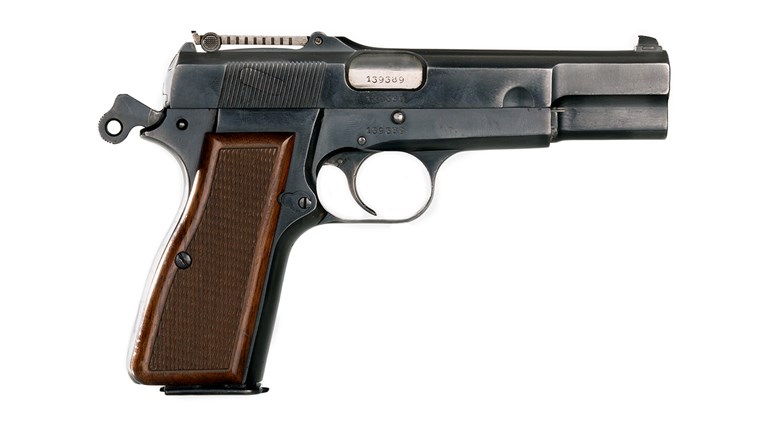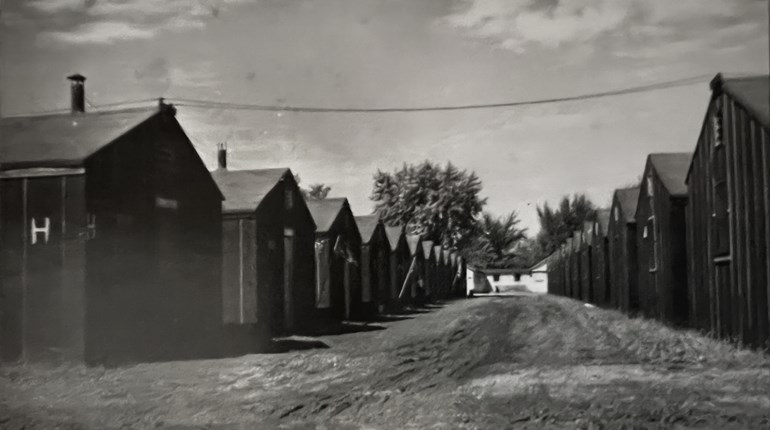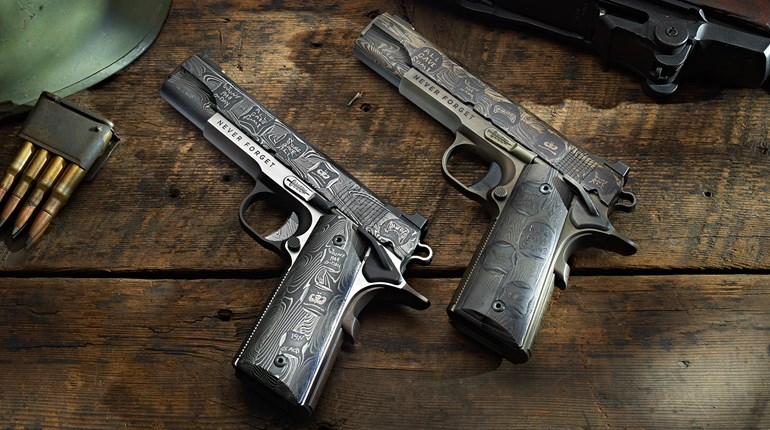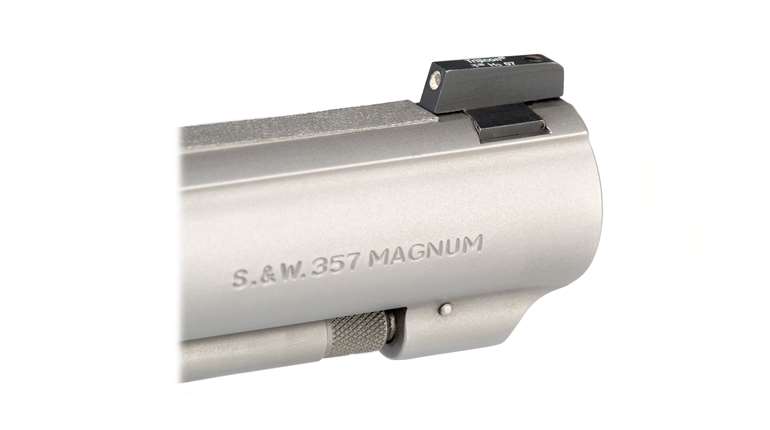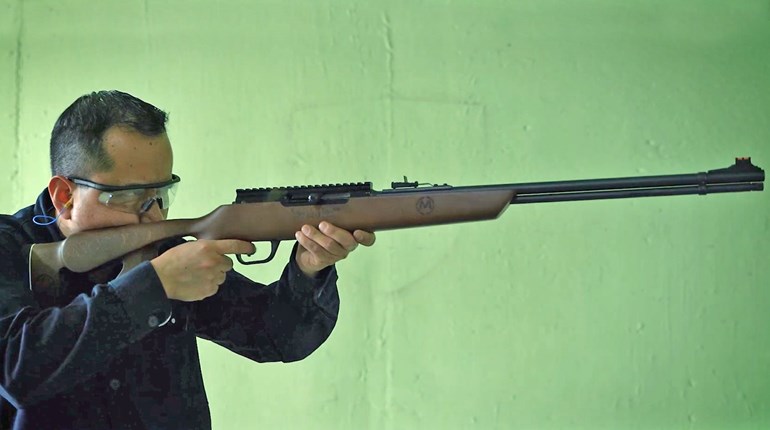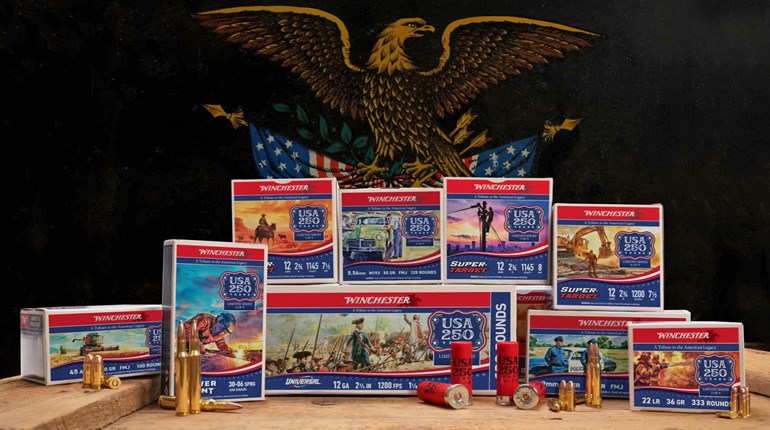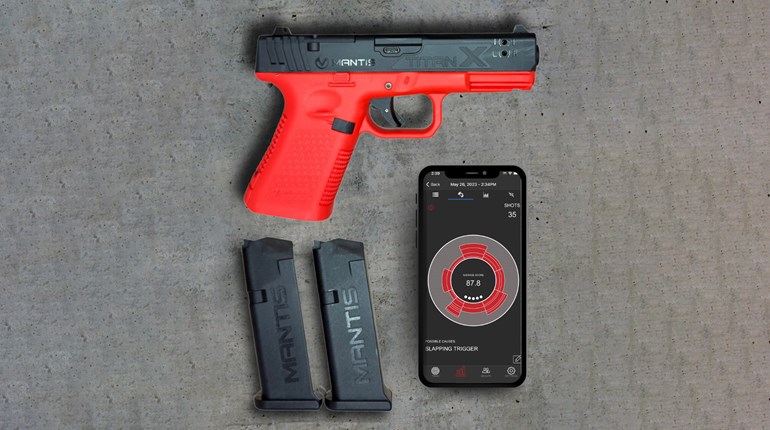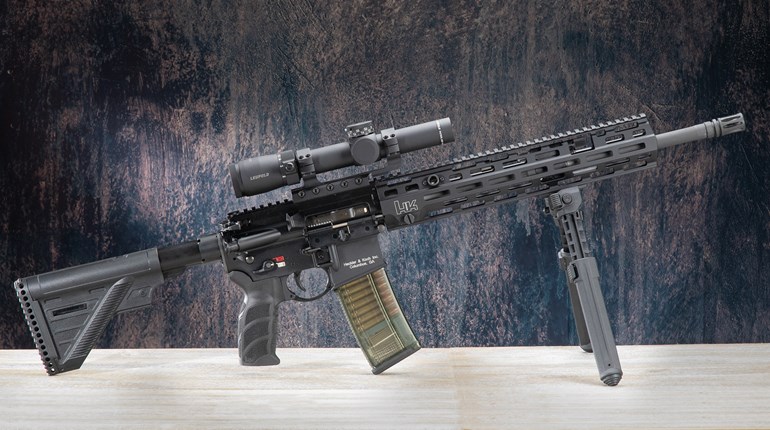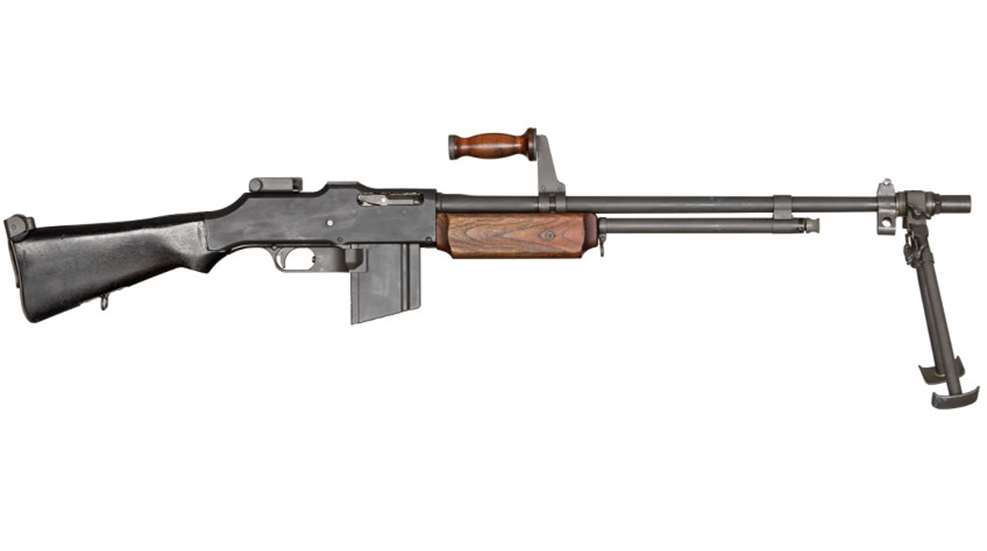
Normandy
June 9, 1944
By dawn, the men of the 1st Battalion, 325th Glider Infantry Regiment, 82nd Airborne Division were in no condition to continue their attack. Although the engagement had begun with them attempting to drive the enemy out of the village of Cauquigny, things had gone wrong and the Americans were forced to pull back to avoid disaster.
But, in the confusion of the pre-dawn darkness, one squad did not receive the order to withdraw. This squad had penetrated an outer perimeter of defending German troops during the first phase of the assault and it was still moving as the sun began to rise. The direct result of its far-forward position was that this squad was cut off as the rest of the platoon it belonged to fell back.
The isolated men sought cover in a shallow ditch just to the Southwest of the objective, but hostile fire was being directed at them by rifles to the left in the direction of the village and from a machine gun in a farm compound in front of them. They were pinned down and their only hope was to fall back through a break in a hedgerow on the other side of a dirt road, but it was obvious that such a move would be greeted by a swarm of bullets.
The situation had turned critical, but then PFC Charles N. DeGlopper went to work. A native of Grand Island, NY, DeGlopper was big: 6 feet, 6 inches tall, 240 pounds with size 13 feet. He had the perfect stature for hefting the considerable weight of the weapon he carried to Normandy: the 19.4-pound M1918A2 Browning Automatic Rifle.

The BAR that Charles DeGlopper shouldered during the fight for Cauquigny on June 9, 1944 was an evolution of a weapon that had, by then, armed the U.S. military for more than a quarter of a century. Born during the great crisis of the First World War, John M. Browning’s Automatic Rifle went into production in 1917 just after the United States entered the conflict.
Designated the Model of 1918, it was an air-cooled, gas-operated selective-fire weapon weighing slightly less than 16 pounds and feeding the .30-caliber cartridge from a 20-round, detachable-box magazine. Although Colt held the patent, the company’s assembly lines were producing other guns at the time, so Winchester Repeating Arms built the first examples. Colt and the Marlin-Rockwell Corporation would ultimately enter wartime production as well.
The BAR and Browning’s other masterpiece, the Model of 1917 heavy machine gun, were intended to replace the foreign machine guns equipping the American Expeditionary Force, and both guns were used in combat for the first time during the Meuse-Argonne offensive in September 1918. By the time of the Armistice of November 11th, a little more than 50,000 BARs had been built.

In 1922, a new cavalry model was introduced that included a bipod with spiked feet mounted on the gas tube, but the design for the military BAR changed again with the adoption of the M1918A1 in 1937. This model introduced an improved bipod and a hinged buttplate, but it was replaced the following year by the M1918A2, a variant that introduced a skid-footed, adjustable bipod now mounted at the muzzle on the flash hider, a cyclic-rate reducer and fire-control components that differed from the World War I BAR.
That model allowed the shooter to select between semi-automatic and full-automatic fire, but the new M1918A2 provided full-auto fire only in either a fast mode of 650 or a slow mode of 400 rounds per minute thanks to the rate reducer. In 1942, a composite buttstock made by Firestone and a carrying handle became parts of the design. New England Small Arms and International Business Machines produced 188,380 M1918A2s during World War II, one of which armed PFC DeGlopper the morning of June 9, 1944.
With his squad pinned down, DeGlopper realized that the only way his comrades stood a chance was if someone were to draw the enemy’s fire while they made their escape. Without being ordered to do so, DeGlopper shouted to the others to pull back while he covered them, and then he walked out to the middle of the road and opened fire. Exposed and in the open, the big 23-year-old instantly attracted the enemy’s attention.
German fire was directed at DeGlopper from several different sources and within moments, he was hit. Ignoring his wound, he remained on his feet and continued firing his BAR at the enemy. But when DeGlopper was struck by German bullets again, he began to stumble. Although he dropped to one knee, he nevertheless steadied himself, then found strength enough to load a fresh 20-round magazine into his M1918A2 and level it at the enemy one last time. Despite multiple wounds, he continued to fire burst after burst at the Germans while the men of his squad fell back through the break in the hedgerow. By drawing the enemy’s fire, he had saved his entire squad.
PFC Charles N. DeGlopper was posthumously awarded the Medal of Honor for his efforts at the village of Cauquigny.













